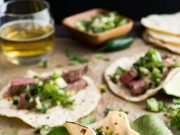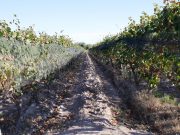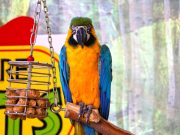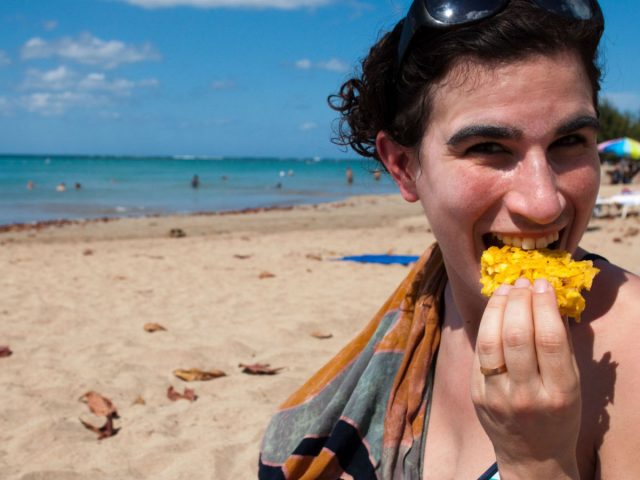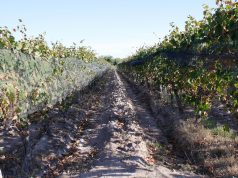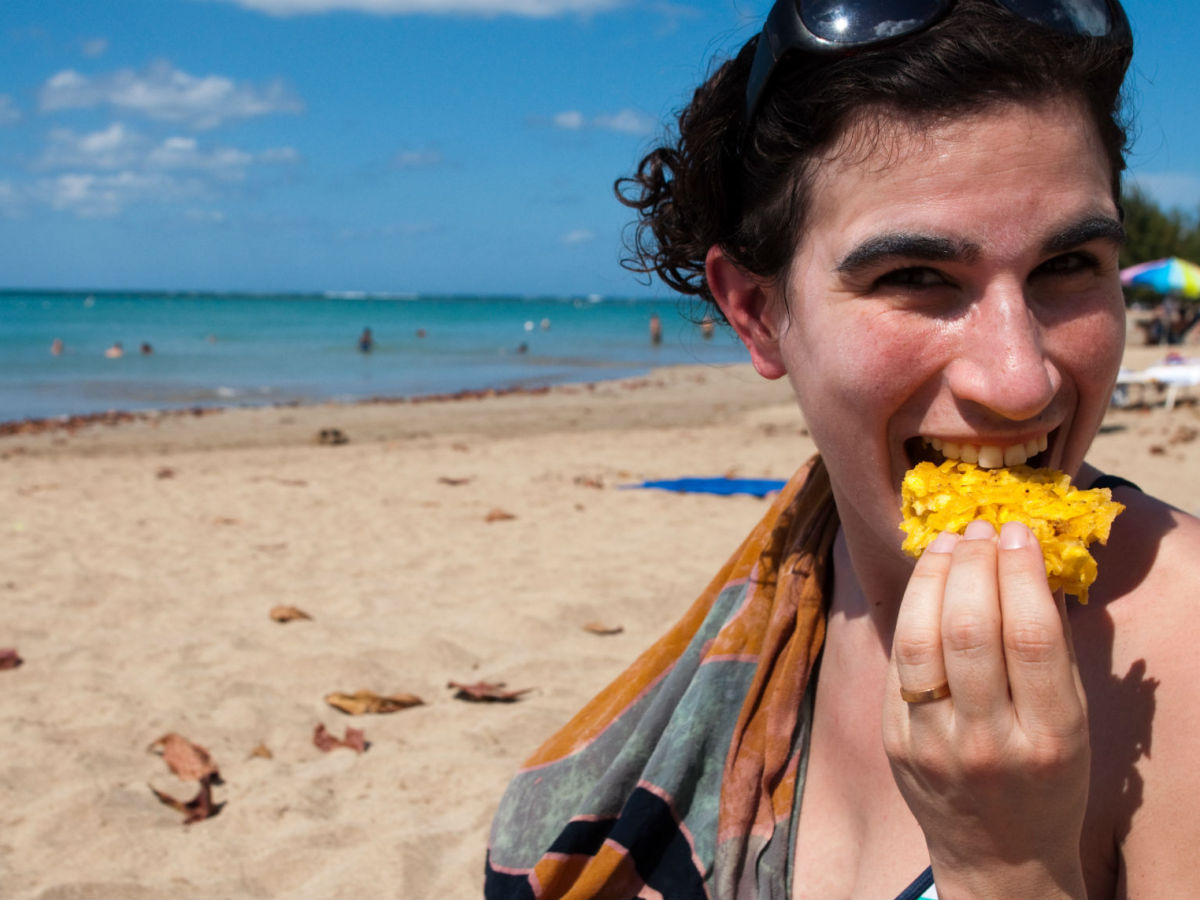
1. You get arepa incredibly dull.
Good old arepa. How an extremely basic food could become this type of source of excitement and joy is a evidence of Colombian optimism. To the visitors the thought of eating a designated cornbread once, often twice, daily would prompt an exasperated sigh and a slump on the shoulders. Yet Colombians, in particular those from Antioquia, understand the arepa inside a different light. Whether it’s laden with hamburger, avocado, and cheese, or coated in butter and sprinkled with salt, its appeal never diminishes — a case in point that consuming the one thing 3 times per day is regarded as a usual practice.
2. You imagine mango can be an exotic fruit.
Wandering via the fruit section within a Colombian market somebody in charge of is a lot like watching a freak show. You feel yourself grabbing in the person at the side of along with pointing at strange things in horror. “What the hell are the green spikey footballs?” you shriek. After calming you down, the shopper will say “They’re just guanabana, they won’t hurt you.”
Then you recoil in horror and later love cracking open a granadilla and sucking out of the sweet frog-spawn interior. Soon suddenly you become addicted to these strange expensive imported fruits. You locate your e-commerce software stuffed with multi-colored lulo, maracuyá, pitahaya, tomate de árbol, mangostino, brevas, and guayaba.
3. You acknowledge a limitation to cheese.
As along with being optimistic eaters, Colombians will also be incredibly inventive relating to cheese. Who think about sprinkling cheese onto soft serve? Colombians, that’s who! So they don’t hold on there. A chunk of cheese is sometimes plopped right into a steaming cup of hot cocoa. And plantains are sometimes roasted and seasoned with, you guessed it, cheese.
4. Waiting until a mango is ripe before consuming it.
Yes, Colombians revel in their sweet mangos, in addition, they hold in high regard the unripe version (called mango biche). Stringy spaghetti-like fecal material green mango are frequently peddled by street vendors and used as being an accompaniment for drinks in bars. The usual soft, slippery texture of a ripe mango is replaced with a challenging crunch along with a bitter taste that gets offset with salt and lemon used as seasoning.
5. You miss out on possibly mixing food products.
Things happen in Colombia that you choose to never before thought possible. You pay for a popsicle originating from a street vendor and think the transaction is finished. Reconsider. Before wishing that you good day, the road vendor holds out a little packet. “Sal?” Yes, he has got just asked if you prefer salt with the flavored ice. Thinking he’s being sarcastic, you laugh and say, “And several pepper, too, while you’re advertising online.” Except he doesn’t laugh. He reaches into his sack and hands that you\’ small sachet of pepper.
You think soup is merely an appetizer.
“Is that often all you’re eating? Just a soup?” you tell a Colombian dining companion. She smiles knowingly. “Just wait till you observe it.” The ajiaco ‘soup’ which arrives contains chicken, three types of potatoes, corn, including a local herb called guasca. In lieu of bread its sides absolutely are a mound of rice, avocado, capers, and cream. It’s lunch in itself, along with a great one at this. And it’s only some of the one. Sancocho can be a thick soup cooked with root vegetables, herbs, as well as other different kinds of meat, also accompanied by rice and avocado. Other wholesome offerings are mondongo, cuchuco de cebada and sopa de patacón.
6. You don’t truly understand sweet.
Often right after a menú del día, a pair three-course meal usually at lunchtime, you can be given a dessert. When I say dessert Come on, man a matchbox-sized candy. You wonder how this can be labeled ‘dessert’, till you nibble towards the end and jump through your seat which includes a sugar rush the same as downing two cans of Red Bull. The candy or dulce stems from the much-used sugar cane, or perhaps a blend of fruit and sugar. A raw form of sugar cane called panela can also be widely consumed, together with very hot water. This aguapanela is believed to have great healing powers which professional Colombian cyclists have used to better their performance.
7. You believe an ant can be a pest…an excellent gateway to a better sex life.
You could imagine oysters and chilies are your favorite aphrodisiacal foods, yet not in northern Colombia. Here locals believe a specific style of ant provides the same properties required to improve your sex drive. Hormigas culonas — “fat-bottomed ants” — are fried and sold by street vendors, especially during rainy season. They’regarding given like a wedding given to the actual marriage gets on to the best of beginnings.














